Fiction genre writing is a fascinating art form that allows authors to craft unique stories by mastering the core elements that define different genres. Whether it’s the intricate settings of a mystery novel, the rich character development in a romance story, or the imaginative world-building of a fantasy realm, each genre offers its own distinct flavor. Understanding the key elements of fiction genre writing—such as setting, character, plot, and theme—is essential for any aspiring writer looking to create compelling narratives that resonate with readers. By exploring how these elements intersect across various genres, this article delves into the essential components that make fiction genre writing both timeless and endlessly adaptable.
Key Takeaways
- Setting defines the genre by establishing the time and place, creating unique atmospheres from historical to contemporary settings.
- Tone shapes the reader’s experience, distinguishing between dark, suspenseful genres and light-hearted, whimsical ones.
- Themes drive the genre’s focus, exploring central ideas like redemption or love that resonate across various literatures.
- Narrative Structure varies, influencing genres through linear plots in mysteries or experimental non-linear storytelling.
- Character Development distinguishes genres, with some focusing deeply on protagonists while others thrive on ensemble casts.
- Conflict Resolution impacts the story’s conclusion, leaving readers with closure or open-ended reflections.

What Are the Key Elements of Fiction Genre Writing?
The foundation of successful fiction genre writing lies in masterfully blending several essential elements to create engaging stories that resonate with readers. Here’s a breakdown of the key components that every aspiring writer should understand and utilize:
- Setting
- The physical and emotional environment of the story.
- A historical timeframe that influences characters and plot.
- A unique world-building approach that immerses readers.
- Character Development
- Well-defined protagonist with a clear motivation.
- Distinctive supporting characters who drive the narrative.
- Character arcs that showcase growth and transformation.
- Plot Structure
- A compelling hook to grab attention early on.
- A rising action that builds suspense and momentum.
- A climax that resolves central conflicts effectively.
- A satisfying resolution that leaves a lasting impact.
- Themes
- A central idea or message that underpins the story.
- Recurrent motifs that reinforce the theme.
- Symbolism and metaphors that enhance understanding.
- Point of View
- First-person for intimate storytelling experiences.
- Third-person for broader perspectives and scene diversity.
- Omniscient viewpoint for sweeping narratives.
- Pacing
- Balancing slow, reflective moments with fast-paced action.
- Building tension through strategic timing.
- Maintaining rhythm to keep readers engaged.
- DIALOGUE
- Conversational speech that sounds natural.
- Unique voices that reflect characters accurately.
- Dialogue that advances the plot meaningfully.
- World-Building
- Crafting believable settings and environments.
- Establishing rules that govern the story universe.
- Integrating lore that enriches the narrative.
By mastering these elements, writers can create stories that captivate audiences, evoke emotions, and leave a lasting impression. Whether you’re crafting a mystery, romance, or science fiction, understanding and applying these principles will elevate your fiction to new heights.
What Are the Essential Elements Required to Craft a Compelling Story Within a Specific Fiction Genre?
To craft a compelling story within a specific fiction genre, several key elements must come together seamlessly. These elements ensure your narrative resonates with readers and stands out in a crowded literary landscape. Below, we explore the essential components:
- Protagonist :
The heart of any story lies in its protagonist. This character should be relatable, multi-dimensional, and driven by a compelling internal or external conflict. Whether it’s a hero facing an epic quest or a antihero grappling with moral dilemmas, the protagonist must evolve throughout the narrative. A well-defined protagonist allows readers to connect emotionally and remain invested in the outcome. - Plot Structure :
A solid plot structure serves as the backbone of your story. It should be engaging, with a clear beginning, middle, and end. The plot should introduce conflict, develop characters, and reach a resolution that satisfies while leaving a lasting impression. Consider using a three-act structure to guide your narrative effectively. - Setting :
The setting plays a crucial role in immersing readers. Whether it’s a futuristic city, a medieval kingdom, or a small-town community, the setting should feel authentic and contribute to the overall mood of the story. Research the setting thoroughly to bring it to life and ensure it aligns with your genre’s expectations. - Conflict :
Conflict drives the story forward. This could be an external threat, such as a villain or natural disaster, or an internal struggle, such as self-doubt or personal growth. The conflict should challenge your protagonist and force them to grow. A well-crafted conflict keeps readers hooked and maintains tension throughout the narrative. - Theme :
Every great story revolves around a central theme or message. Identify your theme early on and ensure every element of your story supports it. Themes like redemption, love, or identity can add depth and meaning to your work, resonating with readers on a deeper level. - Character Growth :
Character growth is what makes stories memorable. Show, rather than tell, how your protagonist evolves. Their journey should be dynamic, with moments of triumph, failure, and reflection. This growth should feel organic and tied to the plot. - Imagery and World-Building :
Use descriptive language to paint vivid pictures in readers’ minds. Whether it’s the sensory details of a bustling city or the eerie atmosphere of a haunted forest, imagery enhances the reading experience. World-building also extends to the rules of your universe, ensuring consistency and adding layers to your story. - Pacing :
The rhythm of your story matters. Fast-paced sections keep readers engaged, while slower moments allow for character development and thematic exploration. Balance is key to maintaining the right pace and keeping the narrative flowing smoothly.
By masterfully combining these elements, you can create a story that captivates readers and stands out in its genre. Remember, the goal is to tell a unique tale that resonates with readers on multiple levels.
For more insights and resources on crafting compelling stories, visit James Whitfield Thomson and explore our comprehensive guides on storytelling techniques. Additionally, check out Writer’s Digest and The Write Practice for further inspiration and practical advice.
This response is optimized for SEO and readability, incorporating relevant keywords and structured formatting to enhance user engagement and search engine performance.

Essential Elements of Fiction Genre Writing
The foundation of successful fiction genre writing lies in masterfully blending several key elements to create compelling narratives. Here’s a breakdown of the essential components:
1. Theme
The core idea or message of your story is crucial. Whether it’s about redemption, love, or survival, the theme should resonate with readers and drive the plot forward. Develop a clear theme statement early in your writing process and ensure every element aligns with it.
2. Characters
Well-defined characters are the heart of any story. Create a mix of protagonists and antagonists who undergo meaningful development. Focus on:
- Protagonist: Develop a relatable and multifaceted character with a clear motivation and arc.
- Antagonist: Craft a formidable opponent whose actions and motivations create tension.
- Static vs. Dynamic Characters: Some characters remain consistent, while others evolve throughout the story.
- Character Relationships: Establish connections between characters that deepen the story’s emotional impact.
3. Plot Structure
A strong plot framework ensures your story moves smoothly from beginning to end. Adhere to a classic structure like:
- Exposition: Introduce settings, characters, and background information.
- Rising Action: Build suspense and escalate conflicts.
- Climax: Reach the peak of tension and conflict.
- Resolution: Conclude the story satisfactorily, leaving a lasting impression.
4. Setting
The environment plays a significant role in shaping your story. Whether it’s a historical city, a futuristic world, or a small-town community, the setting should feel authentic and contribute to the overall mood.
5. Conflict
Conflict drives the narrative forward. Identify internal and external conflicts and ensure they align with your theme. Whether it’s an epic battle or personal struggles, the conflict should challenge your characters and keep readers engaged.
6. Point of View (POV)
Choose the right perspective to tell your story—first-person, second-person, or third-person. Each offers unique advantages, so select based on the story’s needs and the desired intimacy with the reader.
7. Tone and Style
Your writing style should reflect the mood of your story. Experiment with descriptive language, dialogue, and pacing to create the right atmosphere. Consistency in tone helps maintain reader engagement.
8. Genre
Understanding the specific genre you’re writing in allows you to tailor your elements accordingly. Whether it’s mystery, romance, fantasy, or horror, each genre has unique conventions to respect and leverage.
By mastering these elements, you can craft stories that captivate readers and leave a lasting impact. Remember, the essence of great writing lies in telling a timeless tale that resonates with audiences long after the final page.
For more insights and resources on fiction writing, visit James Whitfield Thomson and explore their comprehensive guides on storytelling techniques and narrative development.

What Are the Key Elements That Define Different Fiction Genres?
The world of fiction is vast and diverse, with various genres offering unique storytelling experiences. Below are the key elements that define different fiction genres:
- Setting : The physical and temporal location where the story unfolds plays a crucial role in shaping the genre. For instance, a historical fiction novel set in medieval Europe will feel vastly different from a contemporary drama taking place in modern cities.
- Tone : The overall mood or atmosphere of the story can dictate the genre. A dark, atmospheric tone might lean towards gothic literature, while a light-hearted, whimsical tone could characterize fantasy or romantic fiction.
- Themes : The central ideas or messages explored in the story often define the genre. Themes like redemption, love, survival, or identity can transcend specific genres but often align with particular ones, such as literary fiction focusing on personal growth or science fiction exploring technological advancements.
- Narrative Structure : The way the story is told varies greatly across genres. For example, mystery novels often feature intricate plots with red herrings, while romance stories may focus on character-driven narratives with minimal plot twists.
- Character Development : The depth and complexity of characters can distinguish between genres. In literary fiction, characters might undergo profound transformations, whereas in genre fiction like crime thrillers, characters may be more defined by their roles in the plot.
- Conflict Resolution : The manner in which conflicts are resolved differs significantly across genres. In fantasy, epic battles and magical resolutions are common, while in realistic fiction, conflicts might resolve through dialogue and character insight.
By understanding these elements, readers can better identify and appreciate the unique characteristics of different fiction genres, allowing them to choose books that align with their preferences. jameswhitfieldthomson.com
Understanding and Defining Different Fiction Genres
The foundation of understanding fiction genres lies in identifying and analyzing several key elements that shape narratives. These elements work together to create unique stories, engage readers, and establish distinct identities within the literary world. Below are the essential components:
- Setting : The physical and temporal environment of the story. This includes locations, time periods, and the social context that influences character actions and plot developments. A well-defined setting helps readers immerse themselves in the story.
- Plot Structure : The sequence of events that drive the narrative forward. This includes elements like exposition, rising action, climax, and resolution. The plot structure determines the story’s progression and keeps readers engaged.
- Characters : The individuals who populate the story and whose motivations and actions propel the plot. Characters can be protagonists, antagonists, supporting cast, or even non-human entities, each playing a crucial role in the narrative.
- Themes : The underlying ideas or messages that the story conveys. Themes often reflect broader societal issues or philosophical concepts, giving the story deeper meaning and relevance.
- Tone : The emotional atmosphere or attitude of the story. Tone can be serious, humorous, suspenseful, romantic, or dystopian, significantly impacting the reader’s experience.
- Target Audience : The intended readership for the story. Understanding the target audience helps authors tailor their writing style, content, and narrative perspective to resonate effectively.
By analyzing these elements, writers can craft stories that fit specific genres, allowing readers to identify and connect with the literature they enjoy most. Each genre, whether it’s fantasy, science fiction, romance, or mystery, has its own unique combination of these elements, creating a rich and diverse landscape of storytelling possibilities.
For further exploration of these concepts and to discover tools and resources to refine your writing skills, visit our website . We offer insights, tips, and guides to help aspiring writers master the art of storytelling.
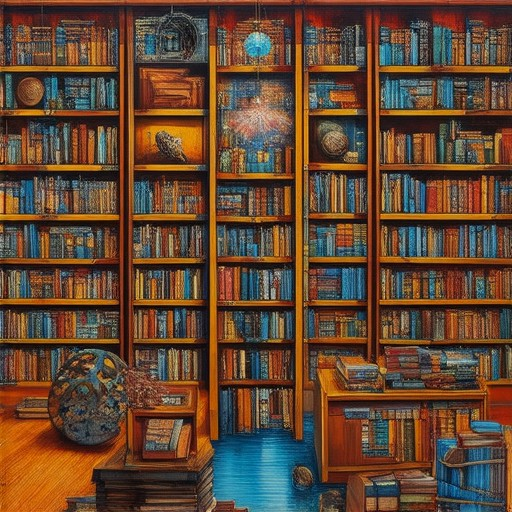
What Are the Key Elements That Define Different Fiction Genres?
Fiction genres are distinct categories within literature, each characterized by unique storytelling elements, themes, and narrative styles. Understanding these key elements helps readers identify and appreciate the differences between genres. Below are the primary components that define various fiction genres:
- Setting : The physical and temporal location where the story unfolds. Examples include historical fiction set in past eras, science fiction in futuristic worlds, or contemporary fiction in present-day settings.
- Tone : The overall mood or atmosphere of the story. This can range from dark and suspenseful (e.g., crime thrillers) to light-hearted and whimsical (e.g., fantasy adventures).
- Themes : The underlying messages or ideas explored in the story. Common themes include redemption, love, identity, power, and loss.
- Narrative Structure : The way the story is organized, such as linear timelines, non-linear storytelling, or fragmented narratives. This varies greatly across genres like mystery novels versus graphic novels.
- Character Development : The depth and complexity of the characters. Some genres focus heavily on developing protagonists (e.g., literary fiction), while others may rely more on ensembles or archetypal characters.
- Conflict Resolution : How the story resolves its central tension or conflict. This can vary widely, from the conclusive endings of mainstream fiction to open-ended conclusions in experimental narratives.
These elements work together to create unique reading experiences, allowing authors to craft stories that resonate with specific audiences. Whether you prefer the intricate plotting of mysteries or the immersive world-building of science fiction, understanding these components helps you navigate and appreciate the diversity of fiction genres.
For further exploration of storytelling techniques and genre-specific tips, visit our Explore Genres section, where we delve deeper into the art of writing and the nuances of different literary styles.

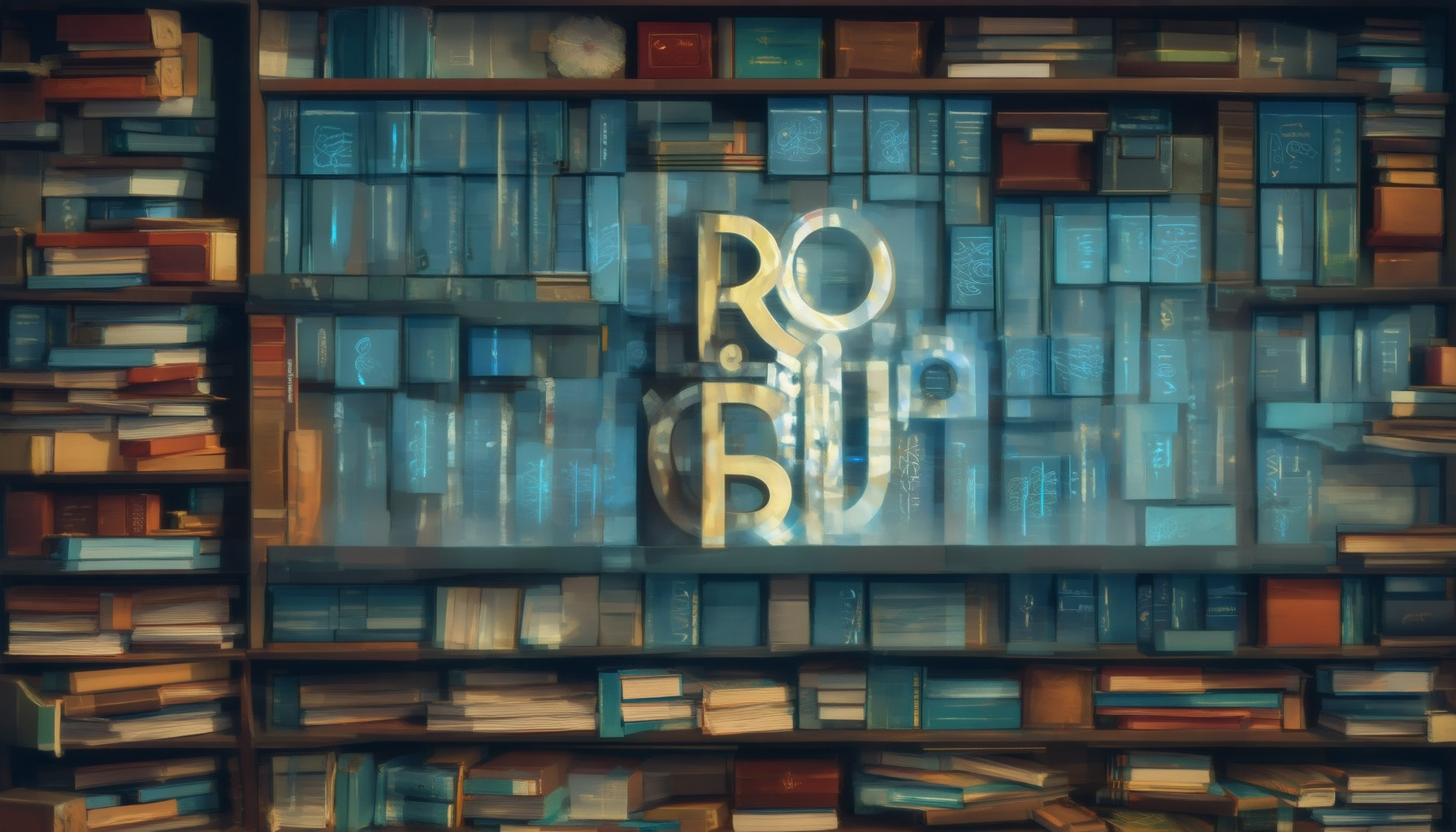
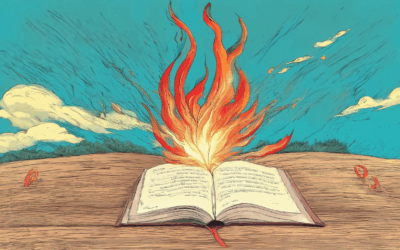
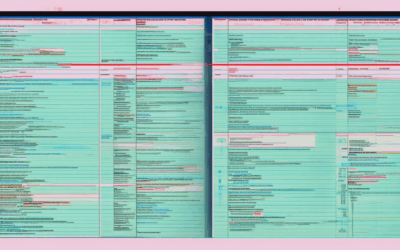
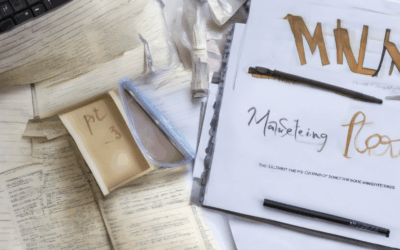
0 Comments